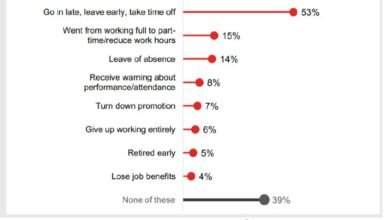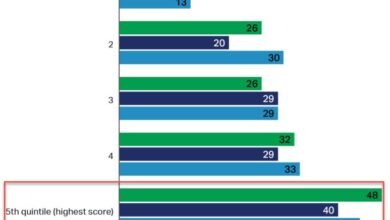Seven charts that show COVID-19’s impact on women’s employment
For International Women’s Day 2021, we look back at the harm that the COVID-19 pandemic has wrought on women’s employment trends—and a glimpse of how to restore progress

Source | www.mckinsey.com
Women around the world have been deeply affected by the COVID-19 pandemic, which has heightened the large and small inequalities—both at work and at home—that women face daily. For this year’s International Women’s Day, which UN Women has themed “Women in leadership: Achieving an equal future in a COVID-19 world,” we have curated a series of charts that McKinsey has published over the past year that illustrate the pandemic’s gender effect, what it might cost society over time, and what could help set the course for a brighter future.
Before COVID-19, women had slowly been making some progress in the workplace
At the beginning of 2020, the representation of women in corporate America was trending—albeit slowly—in the right direction. Between January 2015 and December 2019, the number of women in senior-vice-president positions increased from 23 to 28 percent, and in the C-suite from 17 to 21 percent. Though the numbers were progressing slightly upward, women remain dramatically underrepresented, especially women of color. For more, see “Women in the Workplace 2020,” September 30, 2020.
Our pre-COVID-19 research had never shown women opt out of the workforce at higher rates than men
Since 2015, McKinsey, in partnership with LeanIn.Org, has surveyed hundreds of companies each year to benchmark women’s progress in the American workplace. In every year through 2019, the average overall attrition rate for companies (percentage of employees leaving) was even slightly higher for men than women.






